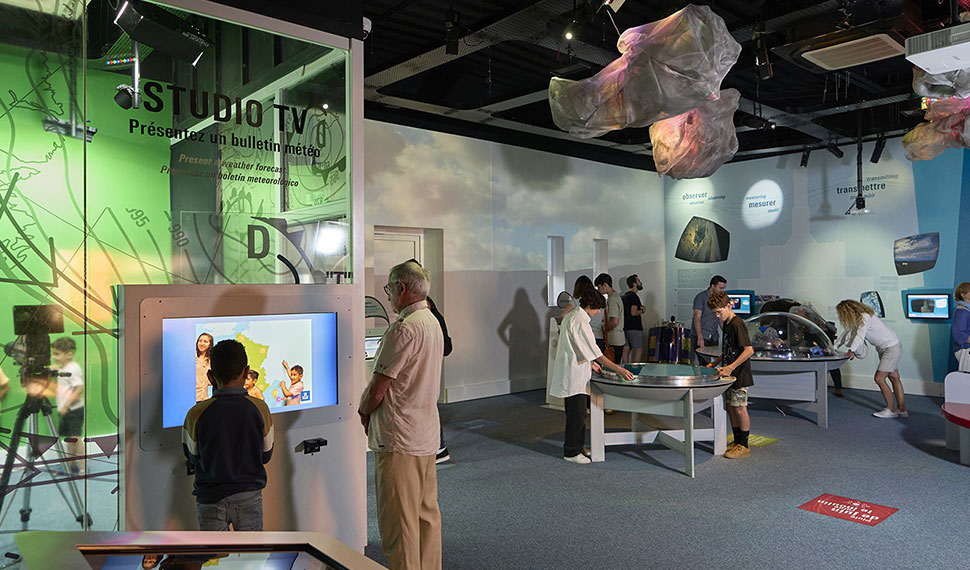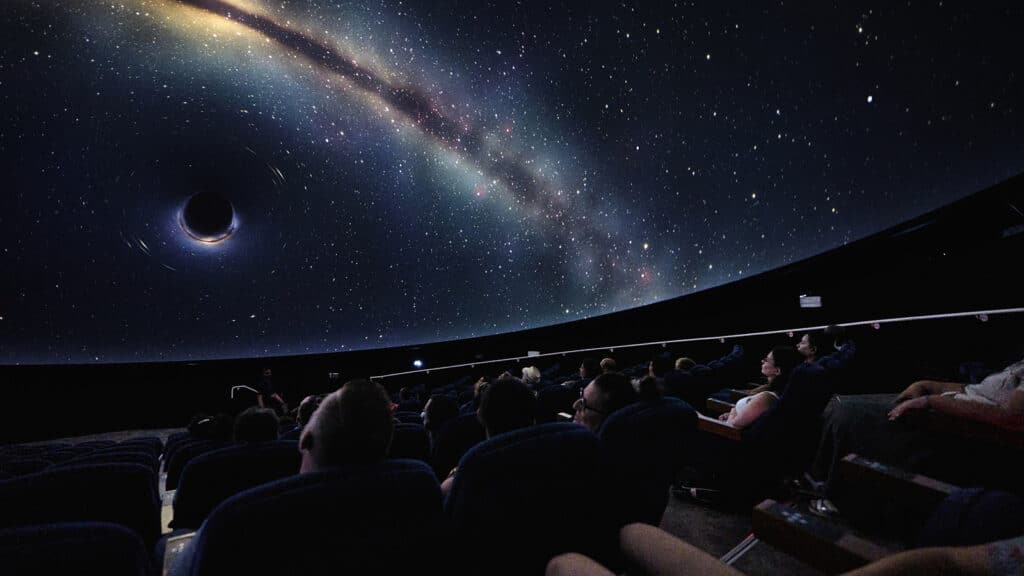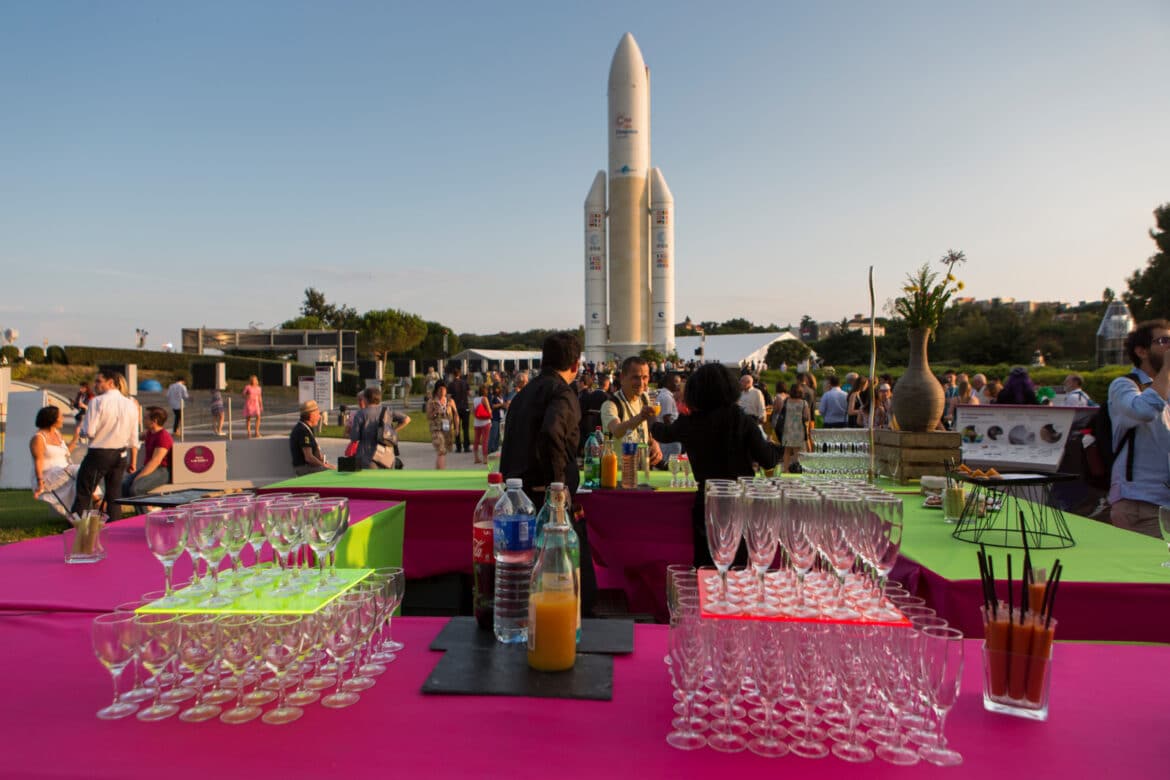Share
VA254: THE FIRST ARIANE 5 FLIGHT OF 2021
Published on 13 October 2021
The European launcher returned to space for the first time this year, preparing for its VIP guest in autumn, the JWST space telescope, which brings together NASA, the European Space Agency and the Canadian Space Agency.
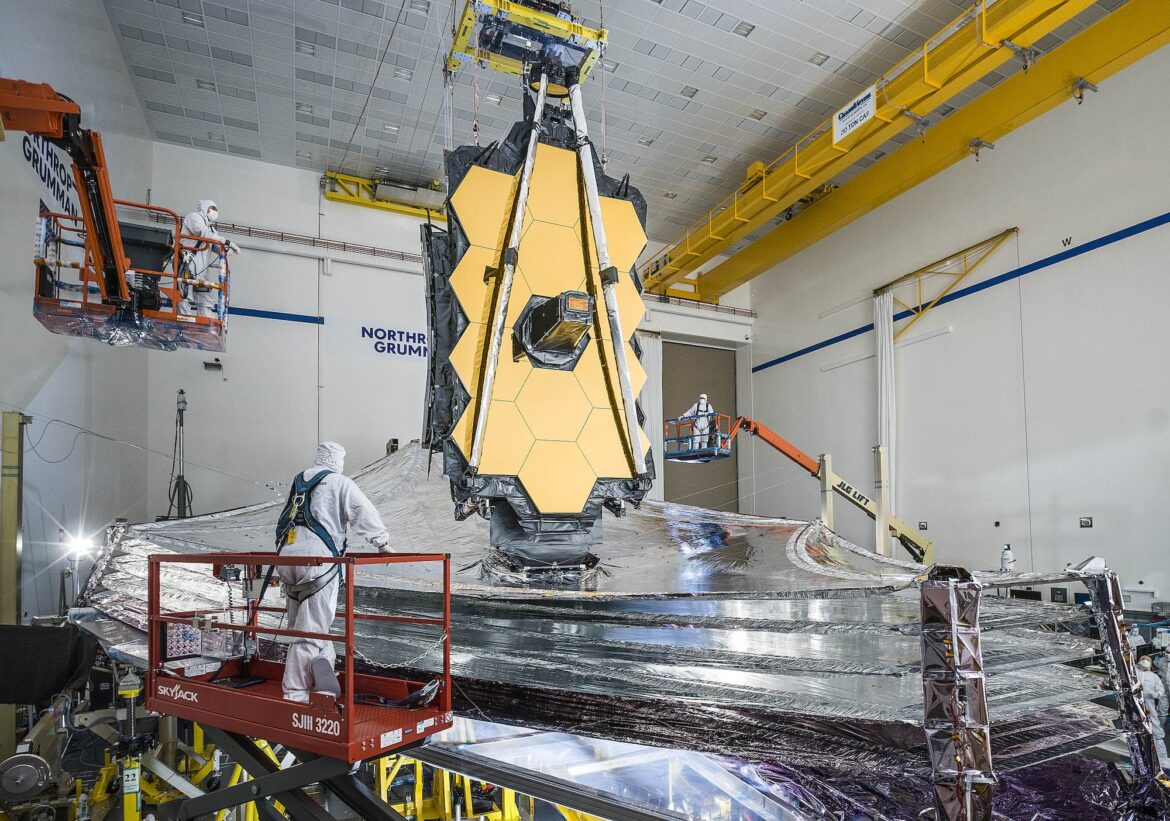
On 30 July at 6 p.m. local time from the Guyanese Space Centre, Ariane 5 launched into the sky for the first time in 2021. Indeed, we have to go back a little less than a year, 15 August 2020, for the European launcher’s previous mission.
STAR ONE D2 AND EUTELSAT QUANTUM IN ORBIT
During this VA254 flight (short for “Vol Ariane” [Ariane Flight]), marketed by Arianespace, Ariane 5 sent two telecommunications satellites, Star One D2 and Eutelsat Quantum into geostationary orbit.
Below, the video of the take-off (full version of the live video feed).
https://youtu.be/whttps://youtu.be/DwH0gf84zv4tn2n3dwpkM
Star One D2 of the Brazilian operator, Embratel was built by the American manufacturer, Maxar, and is distinguished by an aspect known as “high capacity and multi-mission.” It will be used for telecommunications (TV, internet, telephony, etc.) for Central and South America.
Eutelsat Quantum comes from a public-private partnership between the European Space Agency (ESA), the operator Eutelsat and Airbus Defence and Space. Its particularity is to be easily adaptable to changing requirements for telecommunications. Its flexibility is based on configurable software, an electrically rotatable reception antenna and reconfigurable transmission beams.
A VIP GUEST
VA254 was also the 110th launch of an Ariane 5. For the occasion, NASA Associate Administrator for the Science Mission, Thomas Zurbuchen, came in person to the Guyanese Space Centre. He shared on his Twitter account this photo of him attending the take-off of VA254.
Never gets old! 🚀 #Ariane5 pic.twitter.com/8Esoso5OHl
— Thomas Zurbuchen (@Dr_ThomasZ) July 30, 2021
The visit is in the context of a coming launch, that of the James Webb Space Telescope (JWST). This 6.5 m-diameter telescope (a record) specialising in infrared observations will revolutionise astronomy thanks to its extraordinary performance. This programme, at NASA’s instigation, involves the European Space Agency (ESA) and the Canadian Space Agency (CSA) which are providing instruments, in particular. As part of this agreement, ESA will also be responsible for the launch of the JWST with Ariane! The launcher will send the telescope to the Lagrange L2 point, 1.5 million kilometres from the Earth. Because of its complexity, this space observatory has had a series of delays and is very much over budget. NASA estimated that it has invested $9.7 billion since 1997.
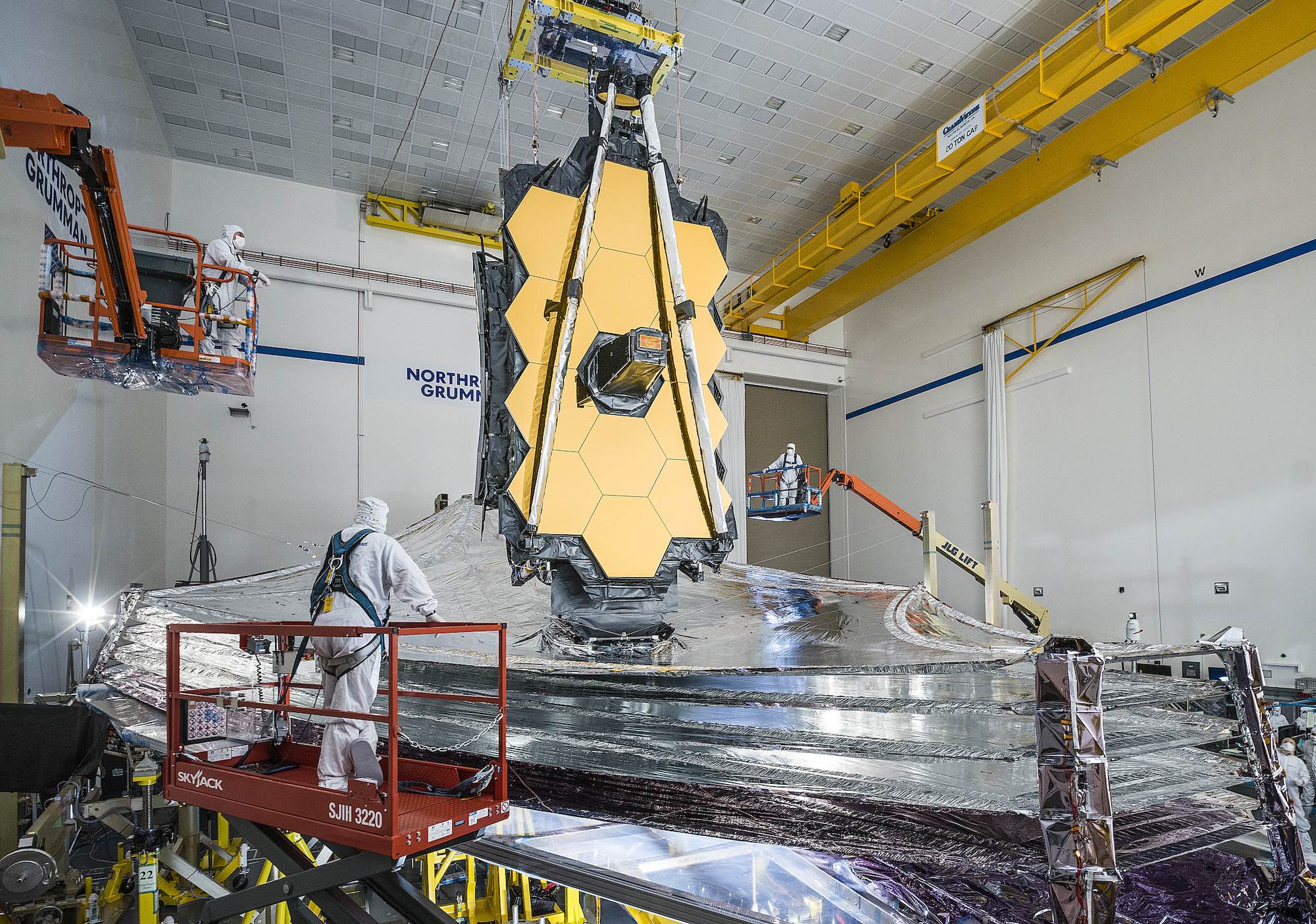
The JWST in tests at the manufacturer, Northrop Grumman. The 6.5-m flexible mirror, made up of eighteen hexagons, is not completely deployed here.
Credit : NASA/Chris Gunn
A VIP guest for Ariane 5, the JWST will probably be the most expensive passenger to travel on the European launcher. This delicate mission is scheduled to take place in November. But beforehand, Ariane 5 has to put into orbit, in late September, two other telecommunications satellites (SES-17 and Syracuse 4A).
